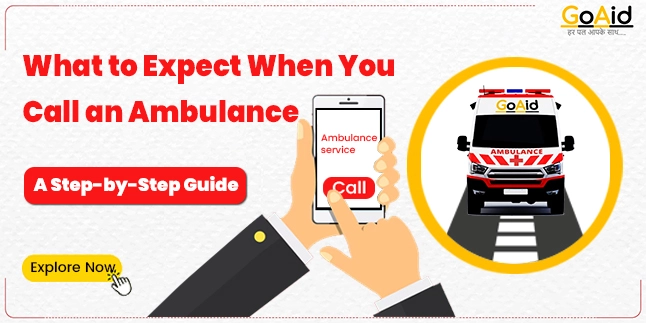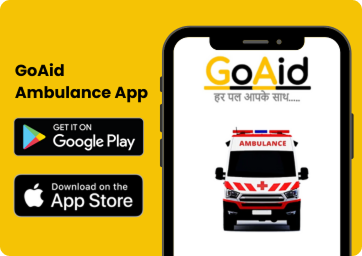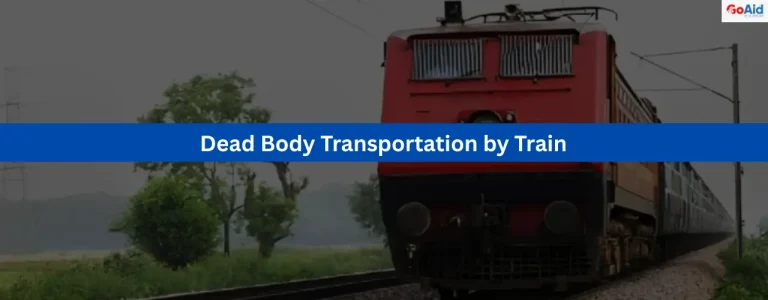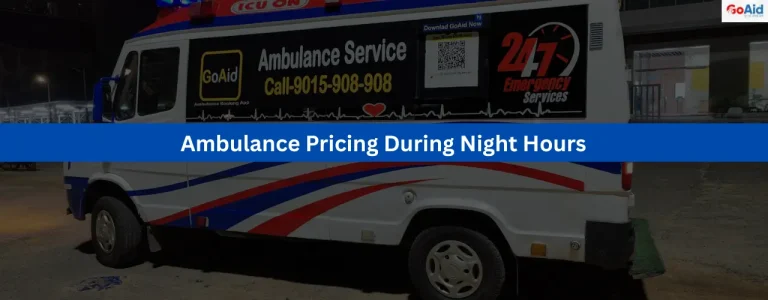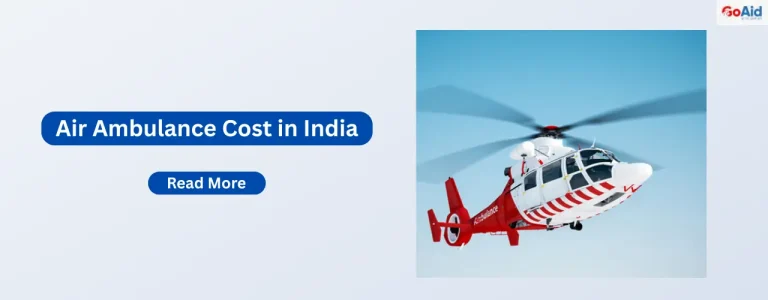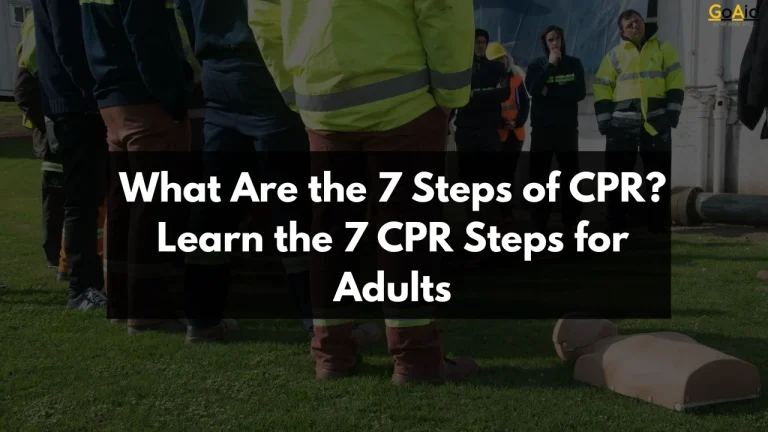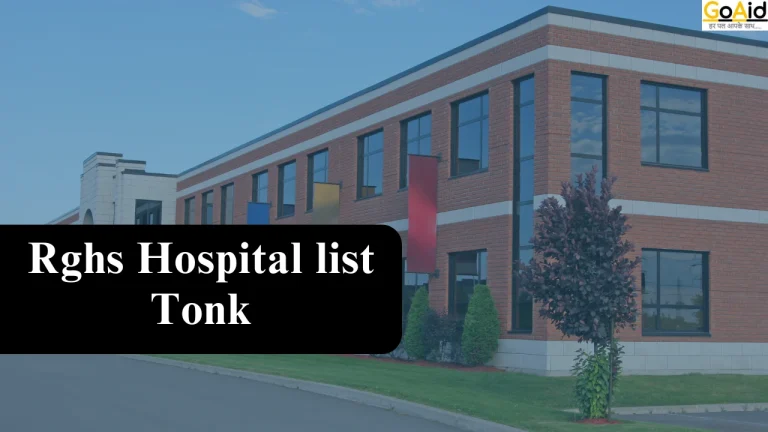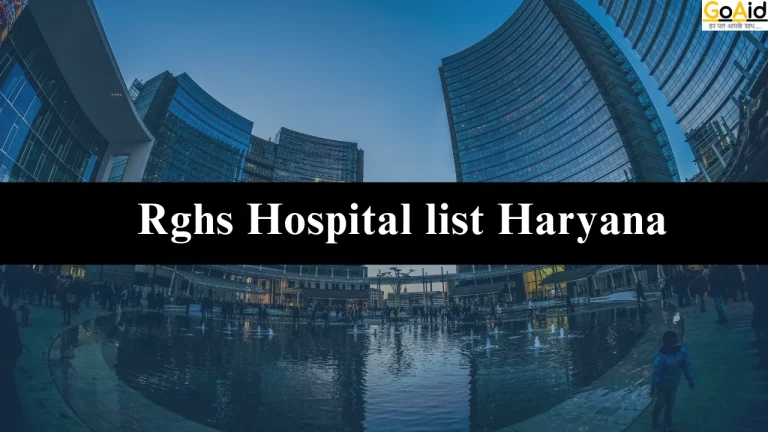What to Expect When You Call an Ambulance:
Knowing about ambulance services helps us to increase our general awareness about the medical emergency and the steps we can take during a medical emergency. To know those stuff, we can directly read this blog entirely.
In this blog, we have added those expectations that you can make to an ambulance service and their respective paramedics. This blog will change your life by providing you worth sharing knowledge that everyone should uphold with a genuine experience.
To know the expectations that one can make for an ambulance, one needs to know about the types of ambulances and the working procedures that each ambulance performs with their standard operating procedure.
This blog will put you ahead of those who have no idea about what to expect when you call an ambulance.
So, letŌĆÖs start-
What to Expect When You Call an Ambulance: A Step-by-Step Guide
There are many things that you can expect when you call an ambulance. We have listed those common expectations below:
1. Initial Contact
After calling an ambulance, you can expect to provide Initial contact communication to the dispatcher. When you call an ambulance, the first thing to expect is a series of questions from the dispatcher. That Ambulance service will ask you about the location, nature of the emergency, and the condition of the patient. Be prepared to provide clear and concise information.
2. Rapid Response
After calling an ambulance, you can expect a rapid response from an ambulance service. Once the dispatcher has all the necessary information, they will release/dispatch an ambulance to your location. You can expect the ambulance to arrive as quickly as possible However, that particular ambulance response time can vary depending on traffic and distance.
3. On-Scene Assessment
You can expect the ambulance service to reach you in a quick time and also start their on-scene assessment. The Paramedics are trained to do so. When the ambulance arrives, the paramedics will quickly assess the situation and the patient’s condition. They may ask you some additional questions and perform a physical examination to determine the best course of action.
4. Immediate Care
This is the most common thing that you can expect from an ambulance service. When the ambulance arrives, they will start with immediate care to the patient. These expectations are common in a reliable ambulance service The paramedics will provide immediate care to stabilize the patient’s condition. This may include administering oxygen, performing CPR, or administering medication.
5. Transportation to Hospital
This is a common thing that can be assessed if we are calling an ambulance, then we want rapid transportation to the hospital. However, if a person is not that serious and doesnŌĆÖt need transportation to the hospital then paramedics will treat them on the ground but if they find it necessary, the patient will be transported to the hospital. The paramedics will continue to monitor and treat the patient during the journey.
6. Handover to Hospital Staff
You can expect from an ambulance service that they will transfer you to a hospital safely and hand over to the hospital staff ASAP. Once at the hospital, the patient will be handed over to the emergency department staff. The paramedics will provide a report on the patient’s condition and the care they have received.
Also Read: Tips for Choosing the Right Ambulance Service for Your Medical Transport Needs
7. Billing and Insurance
Now, it’s time to pay for the ambulance service. For this step, you can have a secure bill that you can have from the ambulance driver/paramedics. If you have not paid the bill in advance, you may receive a bill for the ambulance service. The cost can vary, and insurance may cover some or all of the expenses. Be sure to check with your insurance provider for details.
Misconception about Expectations when you call an Ambulance Service
Misconception-1
Calling an ambulance guarantees immediate hospital admission.
Reality:-
Calling an ambulance provides immediate medical care and transportation to the hospital, but admission is determined by the hospital staff based on the patient’s condition and needs.
Misconception-2
Ambulance services are only for life-threatening emergencies.
Reality:-
Ambulance services can be used for a wide range of medical situations, not just life-threatening emergencies. They provide immediate medical care and transport for various medical conditions and injuries.
Also Read: Ambulance Services for Special Events and Sporting Events: What You Need to Know
Misconception-3
You need to know the patient’s exact condition before calling an ambulance.
Reality:-
While it’s helpful to provide as much information as possible, you don’t need to know the exact condition. The dispatcher will ask questions to gather the necessary information, and paramedics will assess the patient on the scene.
Misconception-4
The patient will be taken to the nearest hospital.
Reality:-
The patient will be taken to the most appropriate hospital based on their medical needs, preferences, and availability of specialized services.
Misconception-5
Calling an ambulance is expensive and insurance won’t cover it.
Reality:-
The cost of ambulance services can vary, but many health insurance plans do cover some or all of the expenses. It’s important to check with your insurance provider for details on coverage.

